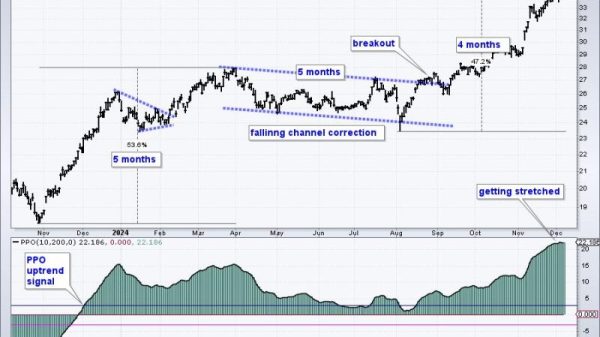Market breadth indicators play a crucial role in providing investors with valuable insights into the overall health and direction of the stock market. These indicators help investors assess the breadth of participation in market movements and can often signal potential changes in market sentiment. One key indicator that market participants closely monitor is the number of consecutive down days in the market.
Observing consecutive down days in the market can provide important information about the underlying strength or weakness in the market. When the market experiences three or more consecutive down days, it may indicate a shift in sentiment and suggest that investors are increasingly bearish about the market’s prospects. This can be a warning sign for investors to exercise caution and reevaluate their investment strategies.
Furthermore, monitoring the number of consecutive down days can help investors identify potential buying opportunities. In many cases, extended periods of losses in the market can create favorable entry points for investors looking to buy stocks at a discounted price. By paying close attention to the market’s performance over consecutive days, investors can capitalize on attractive buying opportunities that arise during periods of market weakness.
Another important aspect of monitoring consecutive down days is understanding the broader market trend. Consistent downward movements over multiple days can indicate a potential shift from a bullish to a bearish trend. By recognizing these changes in market dynamics early on, investors can adjust their investment approach accordingly and position themselves to navigate changing market conditions effectively.
It is essential for investors to not only track the number of consecutive down days but also to analyze other market breadth indicators in conjunction with this data. By considering a comprehensive range of indicators, investors can gain a more holistic view of market conditions and make well-informed investment decisions.
In conclusion, tracking consecutive down days in the market is an important aspect of monitoring market breadth indicators. By paying attention to these trends, investors can gain valuable insights into market sentiment, identify potential buying opportunities, and adapt their investment strategies to changing market conditions. Ultimately, staying informed and proactive in monitoring market breadth indicators can help investors make sense of market movements and navigate the ever-changing landscape of the stock market successfully.


























